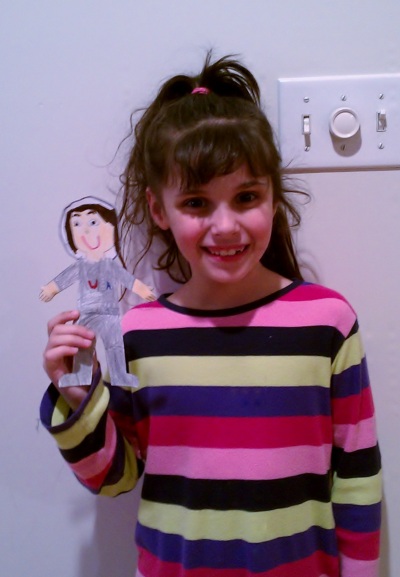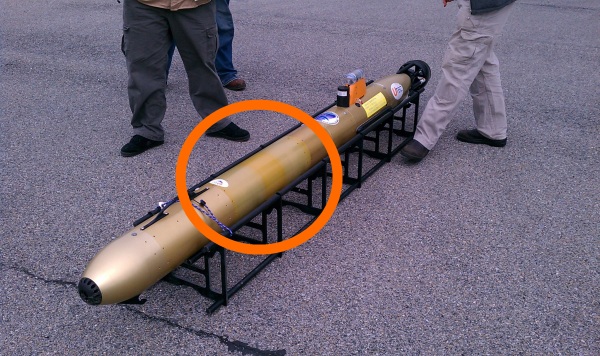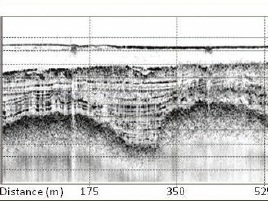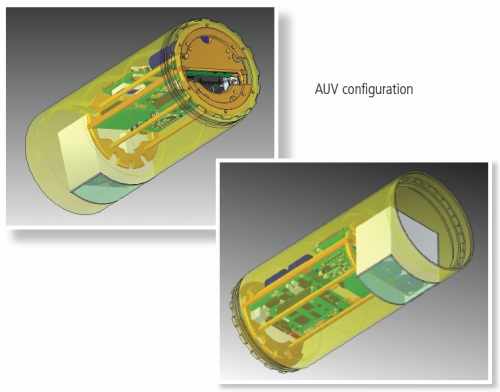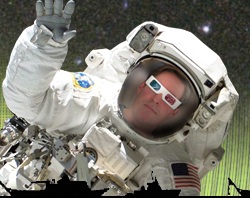
Ocean Bytes AstroTweeter @cpuguru
It’s official – I’m heading to Kennedy Space Center in sunny Florida for the Space Shuttle Endeavour (STS-134) launch as part of what they call a “#NASATweetup”. I follow @NASA via my personal Twitter account – @cpuguru – and when they announced that they were accepting applicants for the 150 spots that could gain back-stage access to the Space Shuttle Endeavour’s final launch, I beat feet over to the site and entered the contest. Apparently there were over 4,000 applicants for these openings from around the world. It blew my mind when I finally got the email from NASA saying that I was selected. I am deeply honored to be included in this auspicious event.
What is a “NASA Tweetup” you ask? Well, according to the NASA Tweetup page:
“A Tweetup is an informal meeting of people who use the social messaging medium Twitter. NASA Tweetups provide @NASA followers with the opportunity to go behind-the-scenes at NASA facilities and events and speak with scientists, engineers, astronauts and managers. NASA Tweetups range from two hours to two days in length and include a “meet and greet” session to allow participants to mingle with fellow Tweeps and the people behind NASA’s Twitter feeds.”
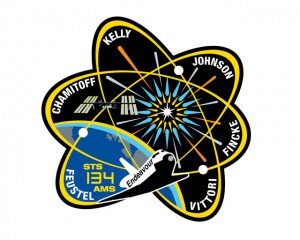
STS-134 Patch
A list of the ~150 confirmed attendees of the #NASATweetup for space shuttle Endeavour’s launch can be found via the @NASATweetup/sts-134-launch list. A fellow attendee, @ChrisCardinal, has setup a comprehensive blog site that he’s using to post information pertinent to the launch and the STS-134 Tweetup at http://134tweetup.com. It’s been quite useful for tracking some of the behind-the-scenes information about the shuttle launch, as well as updates such as the delay of the launch from April 19 to a new (unless it changes again) April 29 launch date due to a overlap issue it would have with docking with the International Space Station by a Russian Progress supply vehicle. My understanding is that the delay came about because the Russian vehicle needed to be docked to the ISS during the same time frame as the Endeavour’s 14-day mission would have fallen. Apparently there are two docking ports on the ISS and the two vehicles could theoretically have been docked simultaneously, but I believe that process has not yet been fully vetted and approved yet so the safer alternative of delaying the shuttle launch was selected.
I’m taking you with me!
The bad news is that while I won the lottery to attend the NASA Tweetup, I am unable to physically take anybody else with me. The GOOD news is that doesn’t mean that you can’t come with me virtually. I’m brainstorming on what kinds of equipment I can pull together that would allow me to share as much of this experience with you as I can through the magic of modern portable electronics. I want to cobble together a high-def webcam and perhaps a tablet or laptop so that I can record (and maybe live stream) my adventure ala Hat Cam Guy (aka Joel Glickman). Since I don’t have an iPhone to hot-glue to my ball cap, I might have to rely on the generosity of others to help me pull this off. If you have some equipment and/or resources you’d like to donate to the cause please let me know by emailing me at 134Tweetup@oceanic.udel.edu.
Q&A for NASA
If you look in the menu above, you’ll see that I added a page called “Q&A for NASA” so that school kids (and adults ;?) can post questions that they’d like me to try to get answers for while I’m down there. If you have a question that you’d like me to try and find an answer to, please feel free to add it in a “comment” to the page and I’ll do my best to get it answered while I’m down at the Kennedy Space Center.
Government Shutdown?
Now we are apparently going to be playing the “chase the launch date” game as we worry about the possible impact that a US Government shutdown would have on the launch due to the lack of a budget from Congress. I’ve been following the Twitter hashtag “#NASATweetup” and keeping a watchful eye on what the latest rumors are as to whether the mission will be delayed from its current April 29 launch date if funding isn’t allocated to keep governmental operations rolling. I’m crossing my fingers and hoping that Congress can get matters worked out.
A HUGE shout-out to Tammy!
I’ve been emailing back and forth with our awesome Marine Public Education Office team about this incredible opportunity to reach out and help educate and include kids in this adventure. I mentioned that it would be cool to include more of a space theme in the Ocean Bytes header image and in the time it took me to drive home I had the awesome header image that you see above in my inbox from our incredibly talented Tammy Beeson. Tammy ROCKS!

